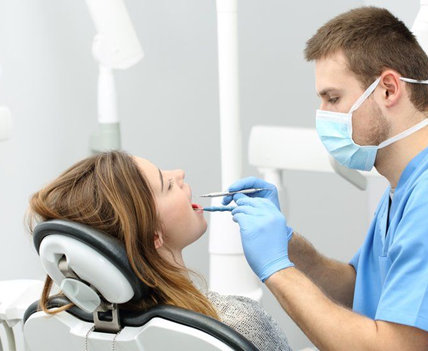The people who work in health care need new tools to help patients more, finish their job faster, and help everyone work together better. New tools called cloud-based picture archiving and communication systems (Cloud PACS) are changing the way medical imaging works. People who work in health care can store and share medical images in new ways when they make the most of the cloud. That means treatments can be picked out faster, evaluations are more accurate, and service users get better care.
What It Really Does
Radiologists and other imaging experts can quickly review and comprehend medical images using cloud-based PACS systems. This helps doctors quickly figure out what’s wrong and how to treat it. Some of the more sophisticated features that aid in their faster and better work include AI-run analysis software and tools that automate processes.
Cloud-based PACS systems are also essential for telemedicine to function. With the help of these tools, patients and doctors can communicate and share images. This is very helpful because many places don’t have enough doctors or are hard to get to.
Do you need help right away? In this case, getting pictures quickly is very important. The emergency room staff can quickly access and look over imaging studies because they are stored in the cloud. This makes it easier to find the problem and treat it quickly.
For educational purposes, if you use a cloud-based PACS system, you can look at a lot of medical images or studies that have been anonymized. This helps both teachers and students at the same time. Research professionals learn more, can look for trends in diseases, and come up with new ways to spot them.
Pros and cons of cloud-based PACS
Cloud-based PACS are good because they are easily accessible and portable. Cloud PACS solutions get rid of real hurdles so that healthcare workers can see pictures of patients from far away. No matter where they are, telemedicine lets people work together and look at exams at the same time.
Most old PACS systems can only handle and store a certain amount of data. Cloud-based PACS systems, on the other hand, can grow almost endlessly. Based on their needs, healthcare groups can now change how many images they store and process without having to go out and buy new equipment.
Because computers and other devices don’t have to be on-site, cloud-based PACS systems can be set up for a lot less money than regular PACS systems. You can also plan your costs and don’t have to buy all of your gear and software rights at once if you use pay-as-you-go or contracts in the cloud.
Cloud-based PACS companies have strict rules about safety and accessibility to make sure that patient data stays private, is correct, and is easy to get to. Strong encryption, access controls, and audit trails should make sure that no one who shouldn’t be able to see private medical data can. People who work in health care and patients can trust this.
Cloud-based PACS systems make it simple for doctors to share and collaborate, no matter where they work or what company they work for. Medical images can be tied to other healthcare IT tools and electronic health record (EHR) tools, allowing them to all collaborate.
So, cloud-based PACS are helpful in many ways, but you should be careful when you select them. In order for adoption and integration to go smoothly, healthcare companies need to worry about keeping data safe, following the law, sharing, and moving data. Some people don’t like change, and old ways of doing things are deeply ingrained in how things are done. It might also be hard to get everyone to agree.
But the most important thing is that cloud-based PACS solutions are changing how medical imaging is done and how health care is offered all over the world. Health care professionals can do better work, get more done, and work together better if they can get past geography. More people will use cloud-based PACS systems as technology gets better. They will also be at the heart of new ideas for medical imaging. So, it will be easier to find out what’s wrong with patients, treat them, and take care of them.











